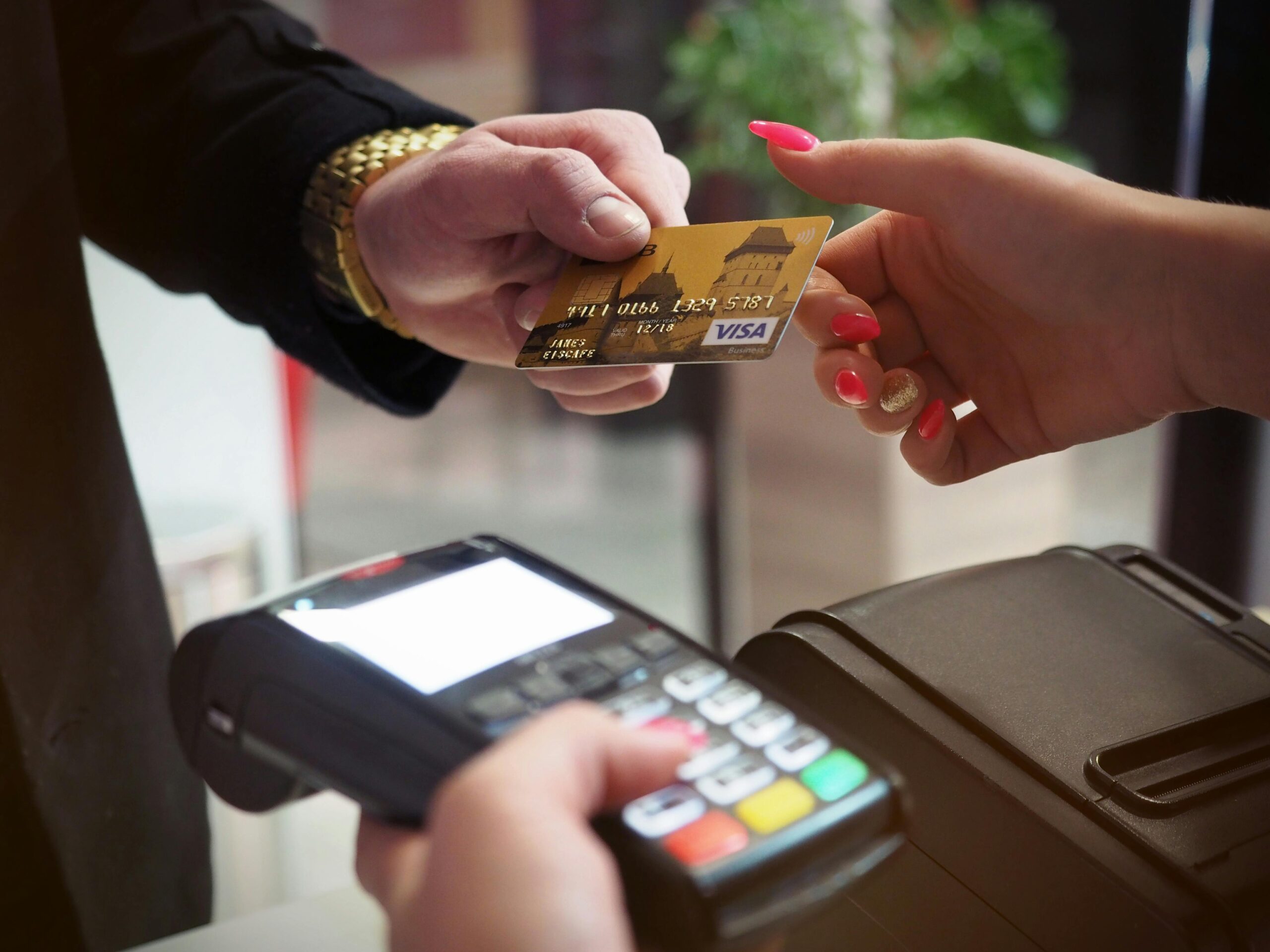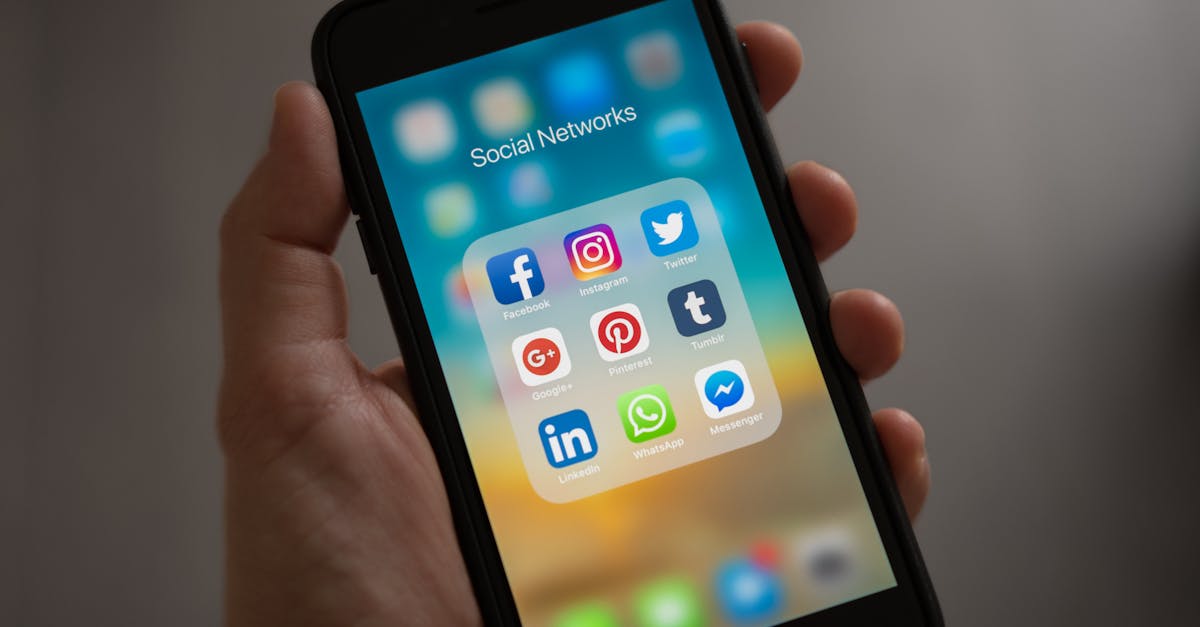Personalized communication plays a vital role in fostering customer loyalty and satisfaction. When customers feel that your brand recognizes and values their individuality, they are more likely to remain loyal. Personalized messages create a sense of belonging and demonstrate that you understand their needs and preferences, which enhances their overall experience with your brand.
Techniques for Personalizing Communication
To effectively implement personalized communication:
- Utilize Advanced Customer Data Analysis: Gather data from various touchpoints such as customer profiles, transaction history, website analytics, and social media interactions. Analyze this data to understand customer preferences, purchase patterns, and engagement levels. For example, if a customer often buys eco-friendly products, you can highlight similar products in your communications.
- Design Custom Email Campaigns: Personalize your email campaigns by using dynamic content that changes based on the recipient’s profile. Address each customer by name and tailor the email content to reflect their specific interests or past interactions. For instance, “Dear John, we see you’ve been exploring our latest tech gadgets. Here’s an exclusive offer just for you on our new product line!”
- Create Detailed Customer Segments: Develop detailed customer segments based on criteria such as buying frequency, average spend, and product categories of interest. Use these segments to craft targeted messages that resonate with each group’s unique characteristics. For instance, offer loyalty rewards to high-value customers and special promotions to those who have shown interest in specific product categories.
Examples of Effective Personalized Communication
- Email Campaigns: Implement behavior-triggered emails such as abandoned cart reminders, personalized thank you emails after a purchase, and tailored recommendations based on browsing history. For example, “Hi Emily, we noticed you left a pair of running shoes in your cart. Complete your purchase now and enjoy a 10% discount!”
- Product Recommendations: Employ advanced recommendation engines to suggest products that align with individual customer profiles and past behavior. For example, show “You May Also Like” suggestions on product pages or in follow-up emails based on items a customer has previously viewed or purchased.
- Targeted Ads: Use retargeting and dynamic ads to display personalized offers and product suggestions to users based on their previous interactions with your brand. For instance, show ads for a product category a customer has previously browsed but not yet purchased.
Special Offers
Special offers are a strategic tool for enhancing customer retention by providing value that resonates with your audience. These promotions not only incentivize repeat purchases but also help in differentiating your brand from competitors. When customers perceive that they are receiving exclusive deals, they feel more connected to your brand, which fosters long-term loyalty. Moreover, well-designed special offers can lead to increased sales, higher average order values, and enhanced customer satisfaction.
Types of Special Offers
To effectively attract and retain customers through special offers:
- Discounts: Implement various discount strategies, such as percentage discounts (e.g., 20% off store-wide) or fixed-amount discounts (e.g., $10 off any purchase over $50). For example, offer a tiered discount system where customers receive greater discounts based on their spending levels.
- Buy-One-Get-One (BOGO): Create compelling BOGO offers to encourage additional purchases. For example, “Buy one, get one free on select items” or “Buy two items, get the third item at 50% off.” These promotions increase the perceived value and can lead to higher cart values.
- Limited-Time Offers: Utilize urgency and scarcity to drive quick decisions. For instance, “Exclusive 48-hour sale: 25% off all products” or “Limited stock available – shop now and save.”
Implementing Special Offers
- Targeted Promotions: Use sophisticated customer segmentation and data analysis to deliver personalized offers. For instance, if you know a customer frequently buys fitness equipment, send them a special offer on related products or new arrivals in the fitness category.
- Exclusive Deals for Loyal Customers: Recognize and reward loyal customers with unique offers that are not available to the general public. For example, “Loyalty members receive early access to our annual sale with an additional 10% off.”
- Seasonal Sales: Align your offers with major holidays, events, or seasons to maximize relevance and impact. For example, “Back-to-School Sale: Enjoy 15% off all school supplies” or “Summer Clearance Event: Up to 40% off select items.”
Key Elements of Great Customer Service
Exceptional customer service hinges on a profound understanding of customer needs. This involves not only collecting and analyzing feedback through surveys, focus groups, and reviews but also interpreting behavioral data and trends. Train your team to proactively seek out this information and use it to anticipate customer needs and preferences. Implement systems to track and analyze customer interactions to better tailor your service.
Effective Communication Skills
Effective communication requires a combination of clarity, empathy, and professionalism. Develop a comprehensive training program that covers both verbal and written communication skills. Encourage your team to practice active listening techniques to ensure they fully understand customer inquiries and concerns. Teach them to use positive language, provide clear explanations, and maintain a courteous tone. Role-playing scenarios can help staff practice and refine these skills.
Prompt Response Times
Speed is crucial in customer service. Establish clear protocols for handling customer inquiries and issues, including response time goals and escalation procedures. Invest in technology that supports quick responses, such as chatbots and CRM systems. Regularly review response times and adjust processes as needed to ensure that customer inquiries are addressed in a timely manner. Train your team to manage their time effectively and prioritize urgent requests.
Personalization
Personalized service is about making each customer feel unique and valued. Equip your team with tools and training to gather and use customer data effectively. Encourage them to personalize interactions by using customer names, referencing their previous purchases or interactions, and tailoring recommendations based on their preferences. Implement a CRM system to track customer history and preferences, allowing for a more personalized service experience. Regularly review and update personalization strategies to ensure they align with customer expectations.
Creating a Training Program
Developing a training program starts with a thorough analysis of your team’s current capabilities and gaps. Conduct surveys, interviews, and performance assessments to pinpoint specific areas where training is needed. Based on this analysis, create a structured training program that includes various formats such as in-person workshops, e-learning modules, and hands-on exercises. Ensure that the training materials are engaging, practical, and tailored to your team’s needs. Establish clear objectives and benchmarks to measure the effectiveness of the training, and regularly review and update the program based on feedback and evolving business requirements.
Ongoing Training and Development
Ongoing training is essential to keep your team sharp and adaptable. Develop a training calendar that includes both mandatory and optional sessions covering a range of topics, from new technologies to advanced customer service techniques. Use a mix of learning methods, such as role-playing, case studies, and interactive discussions, to cater to different learning styles. Implement a feedback loop where employees can provide input on the training program and suggest areas for improvement. Encourage continuous learning by offering resources such as online courses, webinars, and professional development opportunities. Recognize and celebrate employees who actively engage in self-development and apply new skills in their roles.
Empowering Employees
Empowering employees means creating an environment where they feel confident to make decisions and take ownership of their roles. Provide clear guidelines and support but allow employees the freedom to use their judgment and creativity in solving customer issues. Equip them with the tools, information, and authority they need to resolve problems effectively. Foster a culture of accountability and recognition by implementing systems to track and reward excellent performance. Regularly review employee empowerment practices and seek feedback to ensure they align with organizational goals and contribute to improved customer service outcomes.
Gathering and Acting on Feedback
Customer feedback is a powerful tool for understanding the effectiveness of your products or services. It provides direct insights into customer satisfaction, preferences, and pain points, which are essential for refining your offerings and enhancing the customer experience. Feedback helps to pinpoint specific areas where improvements are needed and can reveal emerging trends or new needs that your business may not have previously considered. By systematically collecting and analyzing feedback, you can make informed decisions that drive continuous improvement, increase customer satisfaction, and strengthen loyalty.
Methods for Collecting Feedback
To ensure a comprehensive collection of feedback, utilize a range of methods tailored to different customer interactions. Deploy surveys and questionnaires with targeted questions to gather quantitative data about customer satisfaction and specific aspects of their experience. Monitor and analyze online reviews and ratings to gauge public perception and identify common praise or complaints. Conduct direct interactions, such as in-depth interviews or focus groups, to explore customer opinions in greater detail and obtain qualitative insights. Additionally, consider implementing feedback forms on your website or within your product to capture real-time reactions from users.
How to Use Feedback to Improve Retention
Effective use of feedback involves more than just collecting it; it requires a strategic approach to analyzing and acting on it. Start by categorizing feedback into actionable areas, such as service quality, product features, or customer support. Use data analysis tools to identify patterns and prioritize the most critical issues. Develop and implement targeted improvements based on this analysis, ensuring that changes address the core concerns raised by customers. Communicate these changes to your customer base through various channels, such as email updates, social media posts, or public announcements. Highlight how their feedback has directly influenced improvements, thereby demonstrating your commitment to their satisfaction and encouraging ongoing engagement.
You Might Also Like:
- Google Reviews for Business: The Ultimate Guide to Getting, Managing & Removing Reviews in Canada
- How to Remove a Google Review in Canada: The Definitive (and Realistic) Guide
- Spotting and Reporting Fake Google Reviews in Canada
- Why Your London, Ontario Restaurant NEEDS Better Food Photography (And How to Get It!)
- How Food Photography Can Boost Your Restaurant’s Social Media Presence
- Social Media Marketing for Small Businesses
- Mastering Content Calendars: A Guide for Small Businesses
- Master Product Photography with Your Smartphone: A Comprehensive Guide
- Small Business Photography Hacks: Create Stunning Product Images on a Budget
- STOP! Why You Should NEVER Pay For Google Reviews (Serious Consequences!)



